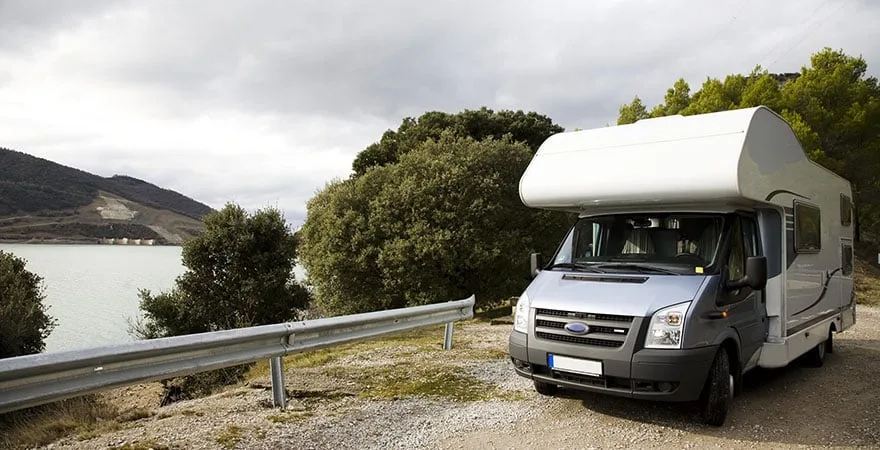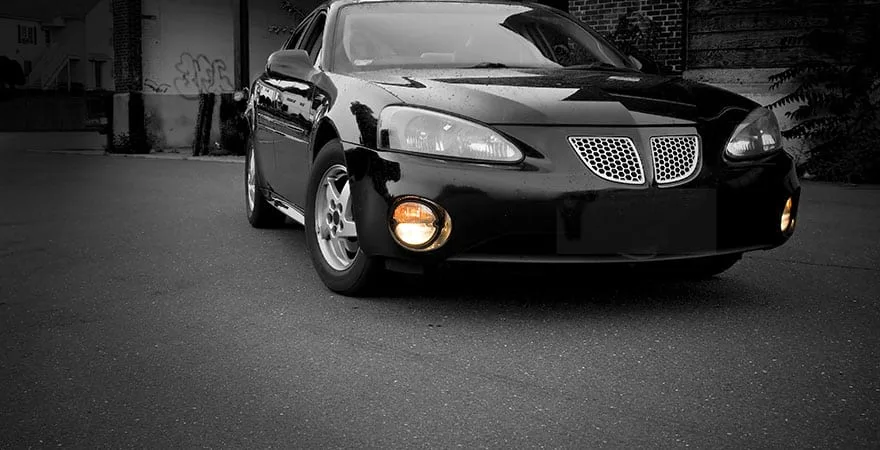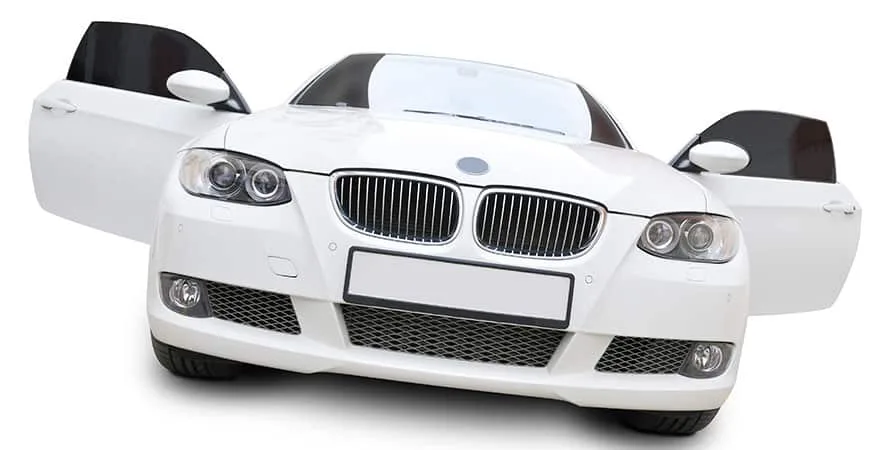For anyone who spends long stretches behind the wheel, the environment inside the car can drastically affect comfort. Sunlight streaming through the windows might seem harmless at first, but intense heat and glaring rays can turn every drive into a slog. That’s why car window tinting has gained popularity as a simple, effective solution for controlling temperature and reducing harsh light. It’s amazing how a thin layer applied to the glass can make such a meaningful difference. Beyond comfort, tints can block harmful ultraviolet (UV) rays that fade upholstery and potentially harm skin over time. By cutting down on heat, tinted windows also lessen the strain on air conditioning systems, which can translate into improved fuel efficiency. For many, it’s reassuring to know that this minor modification can yield major benefits. Yet there’s more to consider than simply darkening the windows. Legal regulations vary by state or region, and the quality of materials used can range significantly, making it crucial to choose carefully.
Understanding Different Tinting Options
When it comes to tinting solutions, there is more than one film on the market. Some films are dyed, offering basic shading at a budget-friendly price but limited durability. Others use metal particles, providing robust heat rejection and a reflective exterior appearance that some find appealing, though it may interfere with certain electronic signals. A newer generation of films uses ceramic technology, offering high UV rejection without hindering connectivity signals or creating a mirrored effect. It’s remarkable how these subtle differences can greatly impact the functionality and look of your car. With so many choices available, it’s wise to do some research or consult a specialist before making a decision. Considering factors like cost, local laws, and your personal aesthetic preferences will help narrow down the perfect match. It’s worthwhile to remember that quality often correlates with longevity. Cheaper tints may bubble or fade over time, forcing expensive reapplications.
Legal and Safety Implications
Regulations regarding tinted windows often revolve around visibility, as law enforcement needs to see into a vehicle for safety reasons. Different jurisdictions set different limits for how much light a film must allow through the glass, referred to as the Visible Light Transmission (VLT) percentage. Exceeding these limits can lead to citations or even mandatory removal of the tint. It’s essential to verify local guidelines before selecting a film. Beyond the letter of the law, there are also safety considerations to keep in mind. Excessively dark windows can reduce nighttime visibility, especially on poorly lit roads. On the other hand, high-quality film is designed to minimize glare, which can be crucial for driving in bright sunlight or during dawn and dusk. Balancing legal constraints with personal preferences ensures you stay both safe and compliant.
Enhancing Value with auto glass tinting
In the middle of your journey to optimize your vehicle, auto glass tinting Springfield emerges as a practical choice that can also boost resale value. It’s impressive to see how potential buyers appreciate a well-maintained car, particularly one that offers a cooler interior and extra UV protection. The aesthetic benefit of a sleek, tinted look is another factor that makes a vehicle stand out. Some dealerships even offer pre-tinted models, though these may come at a premium. Installing a professional tint can also hide minor imperfections in the glass, helping the entire vehicle appear more polished. For those who like to keep their cars immaculate, tinting pairs well with other detailing efforts, such as regular waxing or interior vacuuming. Combined, these efforts can create a harmonious presentation that not only serves your immediate comfort but also retains the car’s marketability down the road.
Selecting a Professional Installer
DIY tint kits may tempt car enthusiasts hoping to save a few dollars, but the results can be uneven if you’re not experienced. Investing in a professional installer typically leads to a smoother application free from bubbles or creases. It’s beneficial to look for shops with a solid track record and positive customer feedback. Many professionals back their work with warranties that cover peeling, discoloration, or defects. The installer’s familiarity with local regulations is an added perk; they can guide you on the correct VLT levels for your state. Ensuring the film is cut precisely to match your window shapes leads to a seamless finish that enhances both appearance and longevity. It’s satisfying to drive away with the confidence that your tint job will stand the test of time, rather than flaking off after a few months.
The Impact on Driving and Cabin Comfort
Once the tint is in place, most drivers notice immediate changes. The air inside the car feels cooler, and the glare from passing vehicles or overhead sun diminishes. These advantages are enjoyable whether you’re on a road trip or stuck in rush-hour traffic. Beyond temperature control, tinted windows can also offer extra privacy by obscuring the view into the cabin. For parents with young children, keeping the internal environment calm and shielded from bright sunlight can be a welcome relief. Over time, this protective barrier helps maintain the upholstery, preventing the fading and cracking that often accompany excessive sun exposure. There’s also an element of security; thieves are less likely to target a vehicle if they can’t easily see valuable items inside. Altogether, a well-executed tint job offers a broad spectrum of rewards that extend far beyond mere aesthetics.
Protecting Exterior Finishes
Caring for a car goes beyond the interior cabin. The exterior paint can suffer from oxidation and discoloration due to UV exposure as well. While window tints primarily tackle the inside environment, many enthusiasts pair this upgrade with protective coatings for the body. It’s common to see car owners who pay close attention to interior climate control also invest in measures like ceramic coatings or vinyl wraps to shield their paint job from the elements. Some shops bundle these services, ensuring both interior and exterior get the care they need. In the end, preserving your car’s finish extends its lifespan and keeps it looking fresh. This holistic approach to vehicle protection is especially beneficial in regions with harsh climates, where intense heat and sunlight can accelerate wear and tear.
Conclusion
Ultimately, the finishing touch for a thoroughly safeguarded vehicle often comes down to paint protection film Springfield. While tint addresses the windows, this specialized film defends your car’s exterior against chips, scratches, and environmental contaminants. It’s gratifying to know that small rocks and road debris no longer pose the threat they once did, allowing you to enjoy peace of mind on every drive. Many quality films are nearly invisible, preserving the original color and gloss of the paint while providing a robust shield against everyday hazards. When combined with tinted windows, the result is a vehicle protected both inside and out, ready to handle the sun’s rays and the rigors of the road. Ultimately, investing in these protective measures can prolong the aesthetic and functional appeal of your car, reflecting both your personal taste and your commitment to maintaining a high-performance ride. By balancing style, comfort, and durability, you create a vehicle that truly stands the test of time.



